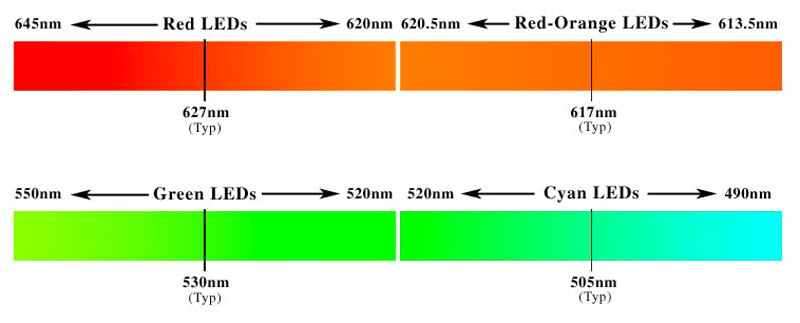Garden Lights, Landscape Lighting, LED Landscape Lighting, LED Outdoor Lighting
An Introduction to the Importance of LED Binning Ranges
Binning is an important aspect of any LED lighting. The range of the light can affect its quality and performance. Here is a brief introduction to the binning ranges you should be aware of when purchasing your LED landscape lights.
What is Binning?
During the manufacture of LED lights, a round wafer is coated with materials designed to create a semiconductor, which is then sliced into small rectangles. Wire bonds are inserted, and phosphor is added as a coating. The entire product is then encapsulated, forming a white light LED. However, this coating process creates variations in the color, light output, and voltage of individual LEDs.
These finished LEDs are then sorted into groupings called bins, based on the varying quality of color temperature, light output (lumens), and voltage. The two of these that impact the quality of the LEDs the most are color and lumens. The lights are individually measured for these two criteria and sorted into pre-set ranges (bins). Most suppliers also have their own standard bins which are associated with clear expectations of performance in those ranges. Each bin has its own criteria and standards, and any LEDs which do not meet the criteria are not included. Manufacturers might have anywhere from two to five different bins, with two being the average.
One factor that is considered when sorting LED lights into bins is called Standard Deviation Color Matching, or SDCM. It is also referred to as a MacAdam ellipse. This is a zone in the color space which defines the level of color difference the human eye can discern. There are several levels called steps. The color produced by white light LEDs is extremely variable, so the extent of color difference in a batch of them is measured by the number of ellipses in the color space that these LEDs fall into.
- One-step MacAdam ellipse: In this zone, the human eye cannot detect color difference. If an entire batch of LED lights were to fall into one ellipse, there would be no noticeable variation.
- Two-step MacAdam ellipse: When the variations extend the zone to include two ellipses, there is a color difference that most people can see.
- Three-step MacAdam ellipse or more: After this level, the differences in color become progressively more noticeable. Most LEDs fall into a bin between four- and seven-step, so differences in color are common.

